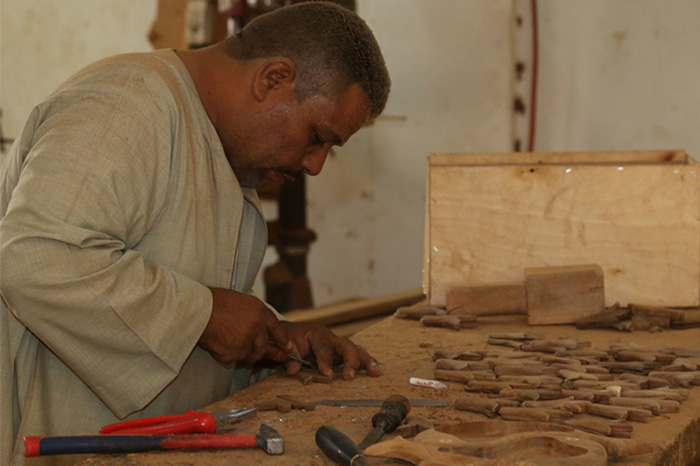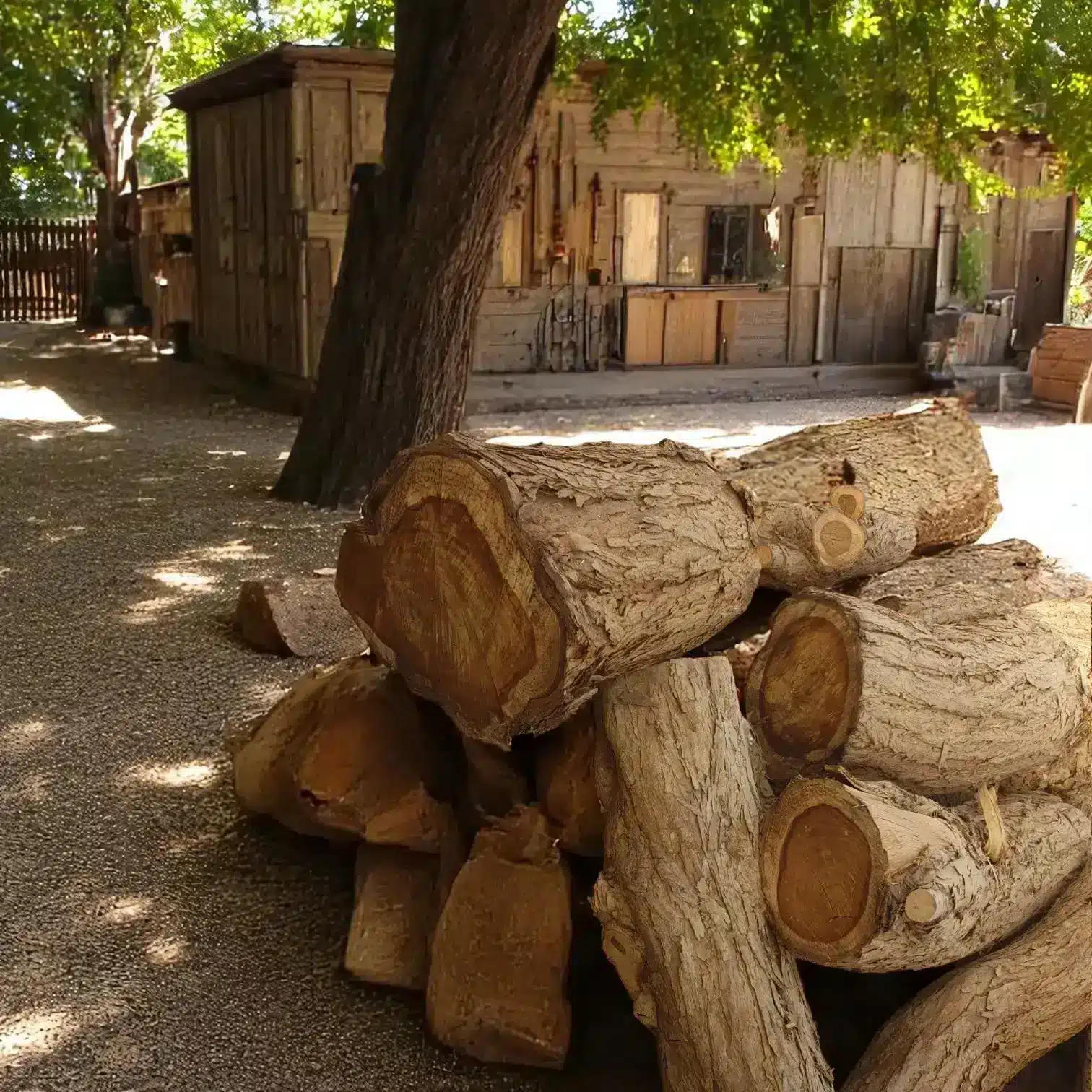If you are looking for products made from environmentally friendly raw materials, you are most likely searching for materials that offer lasting quality while minimizing future harm to the environment and your health — a concept now widely known as sustainable development.
Sustainable development means protecting the environment in the present while enabling growth and progress for society without causing damage. This includes realizing projects that meet human needs in all areas — including the responsible use of raw materials. Today, raw materials play a more important role than ever in our daily lives, and this is reflected in our product range showcased on our website. In the following article, we’ll focus on wood — one of the most environmentally friendly materials on earth.
 What exactly is wood?
What exactly is wood?
Trees are among the most important natural resources for humans. For centuries, people have processed wood for countless uses. Because of the diversity of trees and their structural differences, the world offers a wide variety of wood types.
Wood as the most eco-friendly material
Eco-friendly materials are substances or resources that can be used for different purposes without harming or polluting the environment. Wood is one of these materials — an organic resource with unique natural properties. Thanks to its durability, wood is also an excellent natural insulator against moisture, heat, and sound.
The most sustainable types of wood
One of the most well-known types is beechwood, widely used in the furniture industry for its stiffness and strength.
Mahogany is another solid wood, famous for its reddish hue, imported from Africa and the Americas, and available in several varieties. Arrow wood is also among the best wood types, and though more expensive, it is often used to create fine wood products and decorative pieces.
Other notable types are imported from America, Sweden, India, and other regions — including teak, oak, Swedish pine, muskwood, wawa wood, and fir wood.
Why do we use Sheesham wood, also known as rosewood?
 Sheesham is one of the most renowned tree species. It can grow up to 25 meters tall, with a trunk diameter of about 180 cm. Originally identified by Swedish botanist Nils Dahlberg, this tree typically grows near rivers.
Sheesham is one of the most renowned tree species. It can grow up to 25 meters tall, with a trunk diameter of about 180 cm. Originally identified by Swedish botanist Nils Dahlberg, this tree typically grows near rivers.
Advantages of Sheesham wood
Since ancient times, Egyptians have cultivated this wood for practical use — soaking the seeds in water for two days and allowing them to grow over the next two to three weeks. This tree thrives in sandy or mixed soil and can withstand temperatures between 0°C and 50°C.
To harvest your own Sheesham wood, the tree must grow for about twenty years, followed by four years of drying after cutting before it can be processed. Now you understand why this rare wood is so valuable and costly.
Uses of Sheesham wood
This rare and high-quality rosewood is used in a range of fine, sustainable, and eco-friendly products. The ancient Egyptians crafted pots, coffins, and artworks from it. Today, Sheesham wood is used for kitchenware — such as bowls and utensils — adding warmth and character to everyday dining. These wooden items not only enrich your tableware collection but also turn every meal into a special occasion. They are durable, elegant, and timeless.
Discover our collection and experience the beauty of Sheesham wood for yourself.